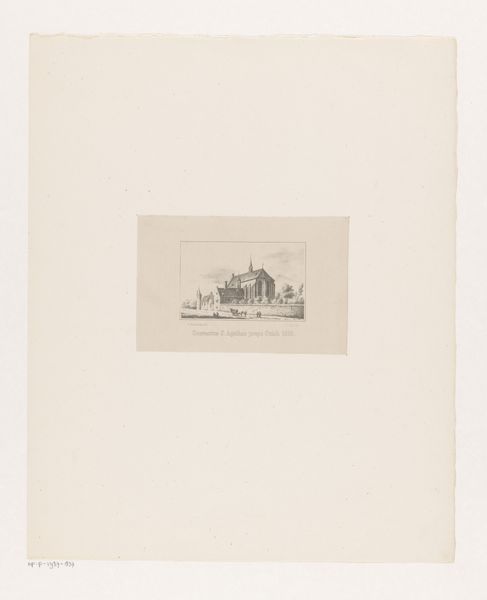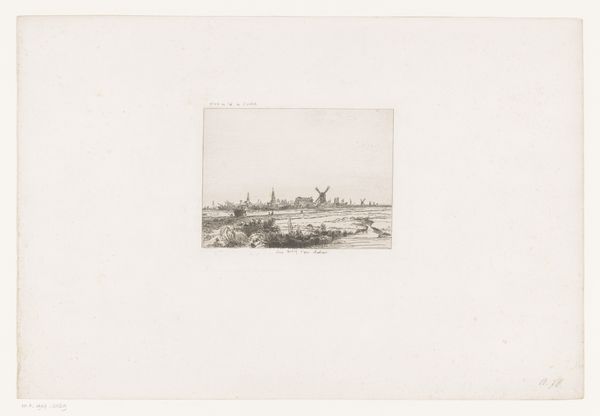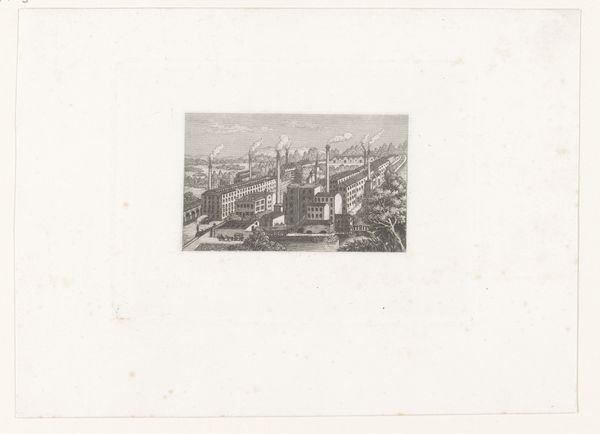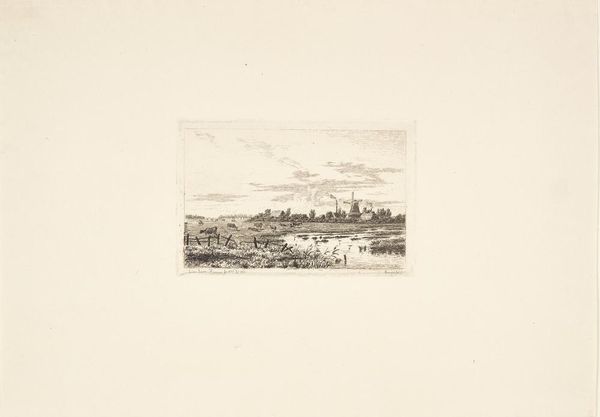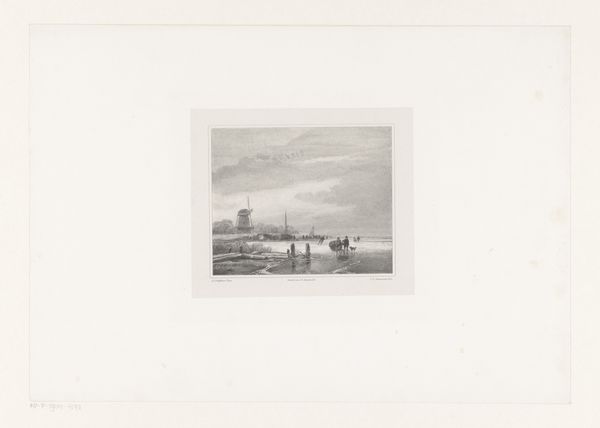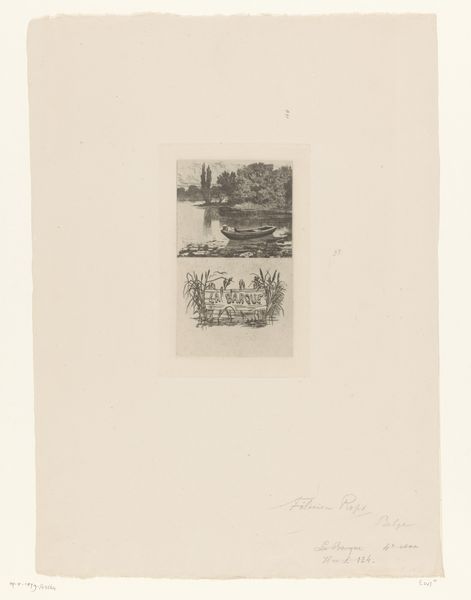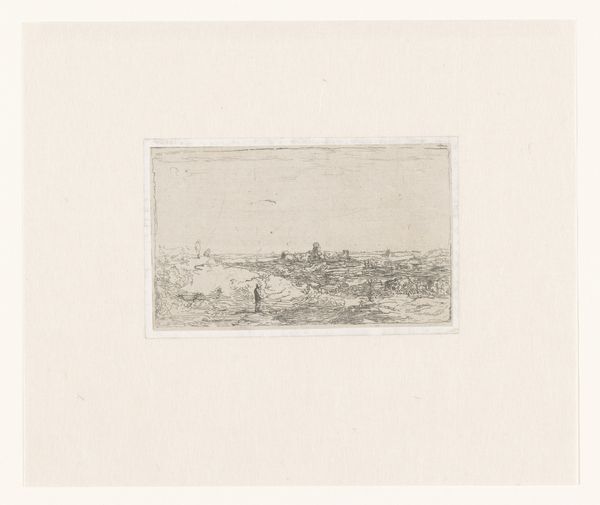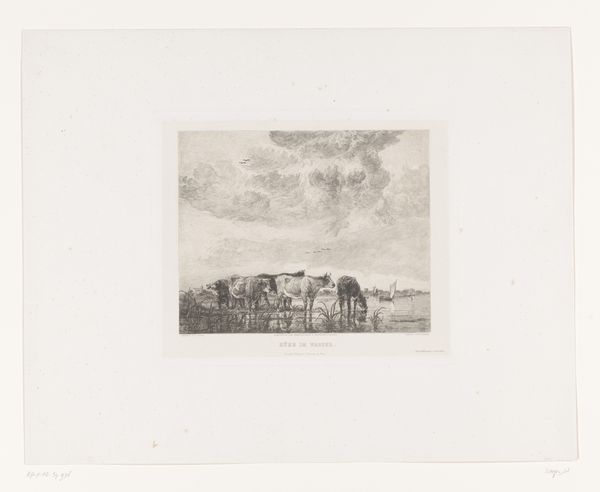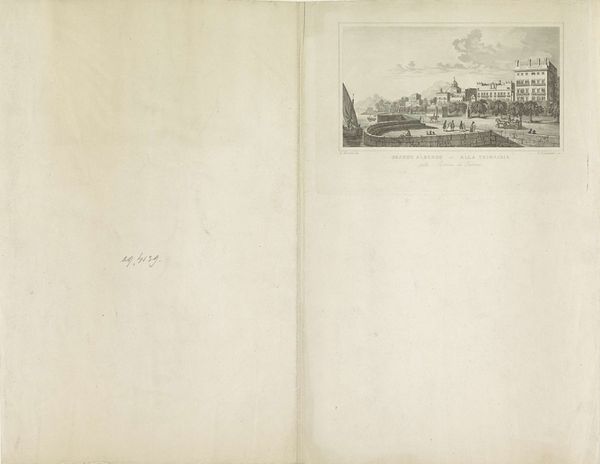
print, engraving
#
neoclacissism
#
pale palette
#
muted colour palette
#
ink paper printed
# print
#
light coloured
#
old engraving style
#
landscape
#
white palette
#
cityscape
#
engraving
Dimensions: height 170 mm, width 109 mm
Copyright: Rijks Museum: Open Domain
Curator: This print presents “Twee gezichten op Willemstad (Noord-Brabant),” created by Carel Frederik (I) Bendorp between 1786 and 1792. It currently resides in the Rijksmuseum collection. Editor: It's quite calming, actually. The pale, almost ghostly palette creates a serene atmosphere. The detailed linework, despite its small scale, gives a clear picture of this Dutch cityscape. Curator: Indeed. Considering its period, it exemplifies the rise of Neoclassicism within Dutch printmaking. These types of prints circulated widely, influencing how people viewed their surroundings and fostered a sense of local identity. The muted tones reflect the constraints and aesthetics of the engraving technique but also the socio-political climate that valued order and clarity. Editor: I notice there are two distinct images. The top focuses on the town itself, with a windmill prominently displayed, almost as if guarding it. While the lower view highlights the city from across the water, emphasizing the importance of trade and connection. Curator: Precisely! These dual perspectives were not uncommon, reflecting the dual role of cities at the time—both enclosed, self-governing entities and outward-facing hubs of commerce. The work gives insight into 18th-century perspectives of spatial relationships and civic identity. The visual choices certainly echo burgeoning class structures and shifting social stratifications too, suggesting how the population interacted. Editor: The fact that this artwork exists as a print also tells us something. It speaks to broader accessibility and a rising literate populace. These images were intended to be distributed, consumed, and discussed. Curator: Exactly! And we must remember the socio-economic implications of printing in those days. Who owned the printing presses? Who had access to the images produced? All part of understanding its role in the era. Editor: This careful engraving offers a tranquil glimpse into the past. Thank you for guiding me into some context around it! Curator: My pleasure. Understanding the intricate relationships among art, history, and societal evolution provides critical insight for our times.
Comments
No comments
Be the first to comment and join the conversation on the ultimate creative platform.
